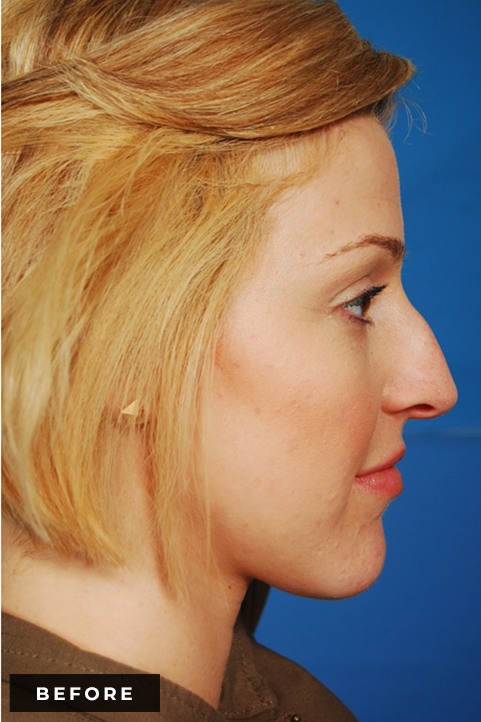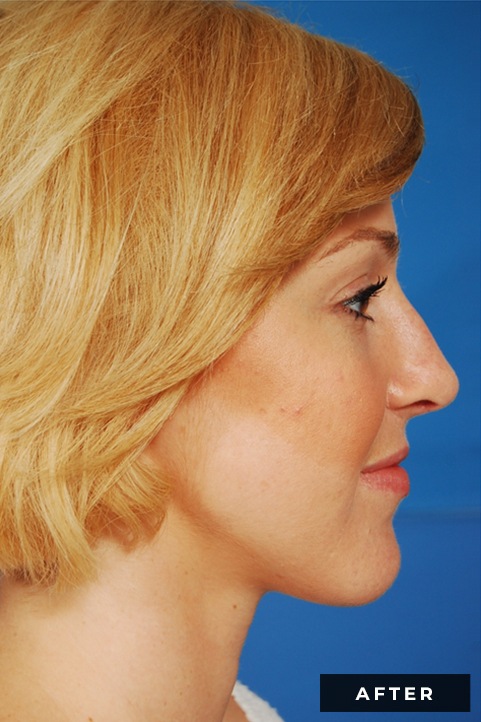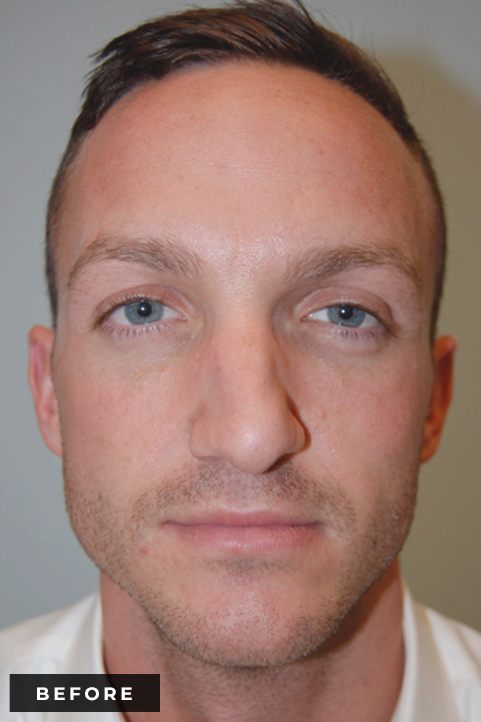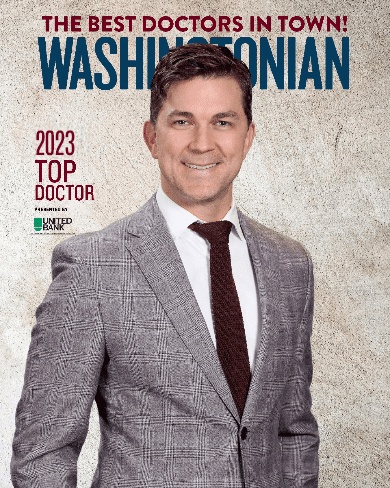Rhinoplasty, one of the most performed plastic surgeries in Washington D.C., is designed to enhance the appearance of the nose. Given its central position on the face, the size and shape of the nose significantly influence an individual’s overall appearance. A face can be transformed with this most sought-after nose surgery, expertly crafted to enhance an individual’s unique beauty and redefine their profile.
Rhinoplasty can be performed for several reasons:
– Dissatisfaction with the natural appearance of the nose
– Distortion of the nose caused by injury or trauma
– The desire to improve nasal function for better breathing





